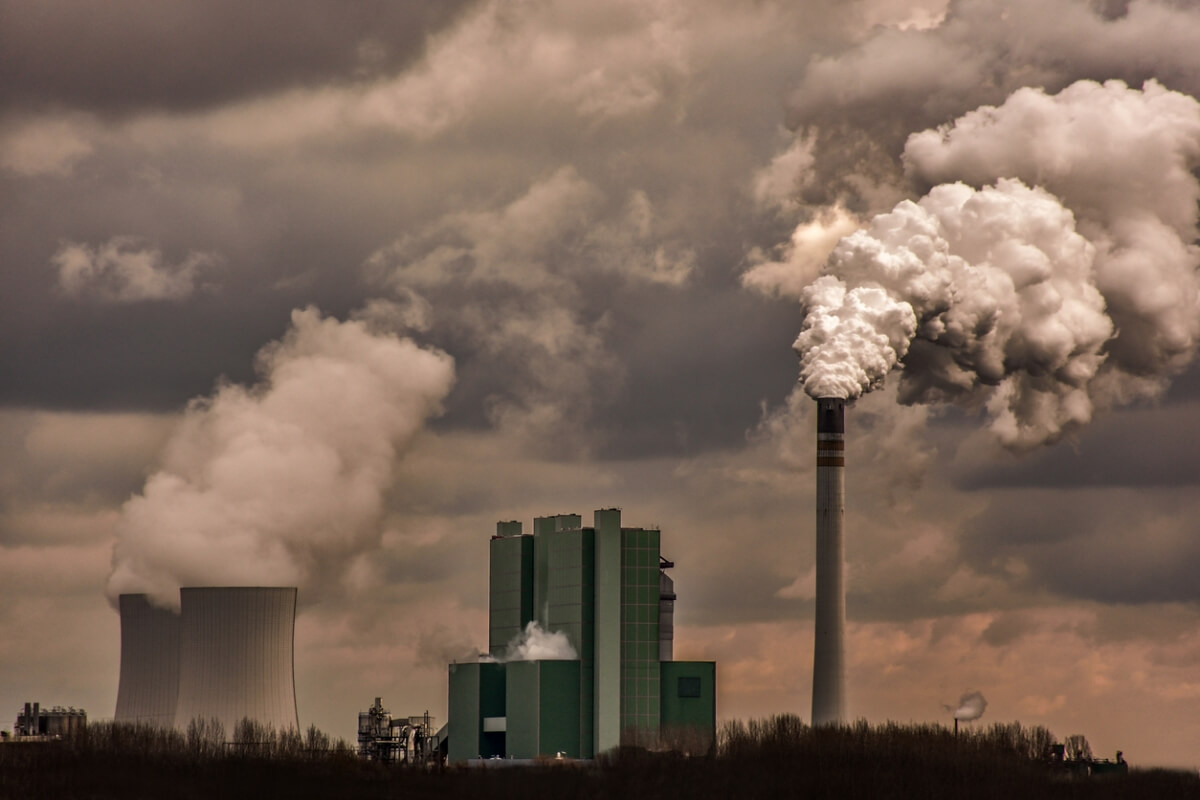Insight Focus
- Shell has shut down a programme to buy as much as USD 100 million carbon credits per year.
- Renewable energy credits are presently trading at as little as USD 1 per tonne.
- According to The Guardian, “REDD+” projects overstate their success in preserving trees”.
The carbon credit market is being criticised: an investigation into Verra carbon standard finds most are ‘phantom credits’ and may actually worsen global heating.
According to The Guardian, many projects are overestimating their greenhouse gas reductions, or are not of high enough quality to ensure sustainability or to protect the rights of local populations.
As a result, oil company Shell has abandoned a programme to buy as much as USD 100 million carbon credits per year to offset emissions from its operations.
The initiative was first launched in 2021 with a goal of earthing up to 120 million tonnes per year of carbon offers. The company has reportedly spent $95 million investing in a portfolio of carbon offset projects around the world, but experts say Shell had struggled to find projects of sufficiently high quality.
According to Bloomberg, other significant buyers are reported to be maintaining their profile in the carbon credit markets.
An investigation by the Guardian newspaper at the start of the year claimed that carbon credits from projects that protect existing forest cover – known as “REDD+” projects – overstate their success in preserving trees.
Meanwhile a study of carbon credit transactions by Bloomberg also found that many large corporations have bought older carbon credits generated by renewable energy projects.
Because credits should reflect actions that go beyond “business-as-usual”, renewable energy offsets are seen as not providing so-called “additionality”. Since the main types of renewable energy are now competitive with legacy technologies such as gas and coal, generating wind or solar power carbon credits is no longer seen to be giving “additional” climate benefits.
Renewable energy credits are presently trading at as little as USD 1 per tonne.
Bloomberg analysed carbon neutrality claims by Delta Air Lines, French postal service La Poste and online marketplace Etsy, finding that all three retired many renewable energy offsets.
These controversies are leaving the carbon credit market and buyers in search of large-scale projects that generate real climate results, as buyers are increasingly shunning certain types of projects.
Prices for REDD+ credits, for example, have tumbled from more than USD 14 per tonne to just over USD 6 per tonne in the first half of the year, and were most recently traded at as low as USD 3 per tonne.
Buyers are instead flocking to carbon credits that represent removals of CO2: nature-based credits from afforestation, reforestation and revegetation (ARR) projects are gaining in popularity and are priced accordingly at more than USD 10 per tonne in some cases.
ARR credits are trading at nearly USD 20 per tonne with some brokers, depending on the year in which they were generated.
Equally, there is a lot of interest in technology-based removals from projects such as direct air capture, enhanced weathering and biochar.
These technologies are not yet delivering carbon credits at significant scale, but because they also remove CO2 from the atmosphere, as opposed to reducing emissions compared to a business-as-usual baseline, they are seen as having more climate impact.
Many of these technology-based projects are still in pilot phase but have attracted a great deal of interest and some high-profile investments from companies including Microsoft as well as venture capital.














